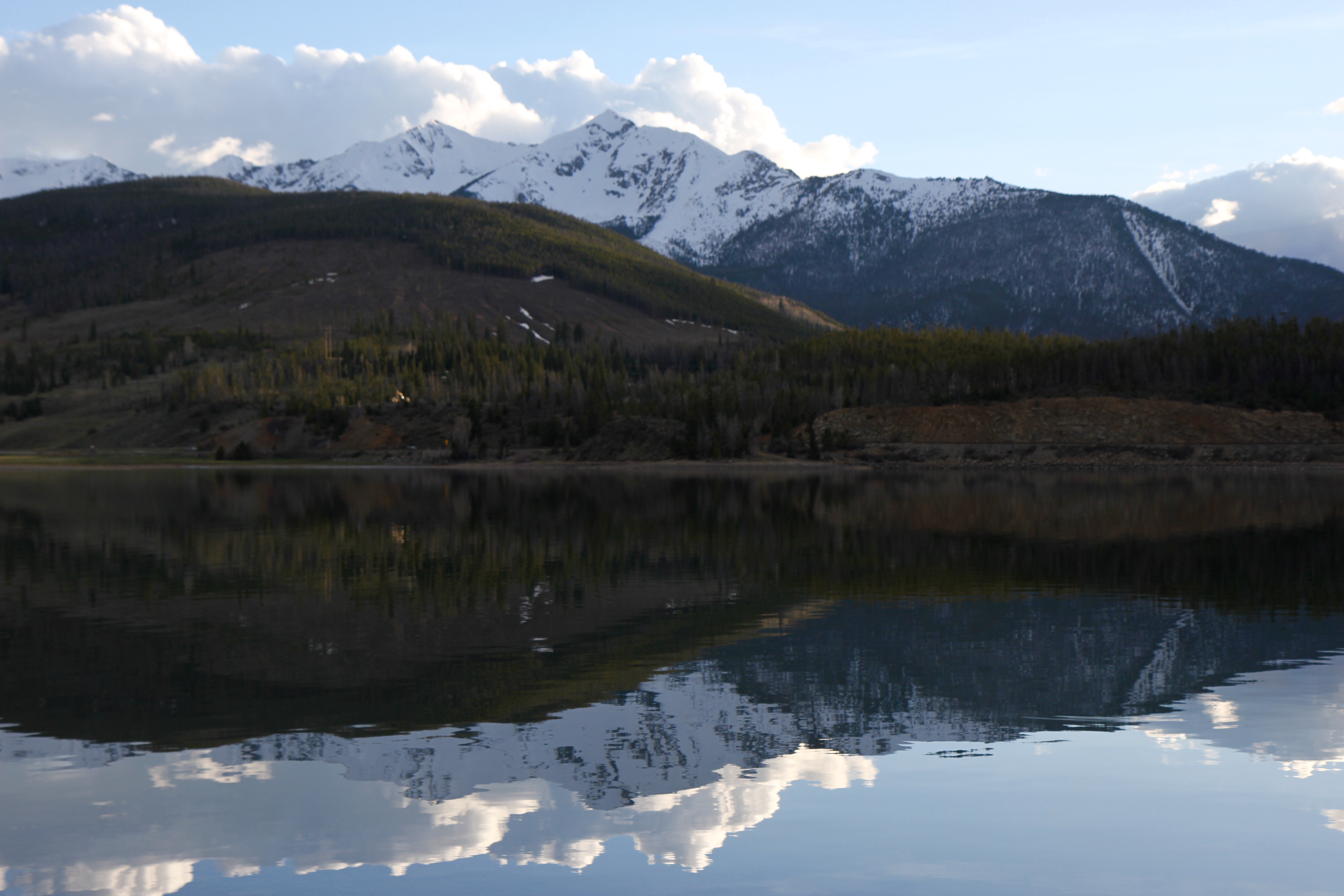
You can fish. You can boat. But you can’t swim.
Taking a page out of the #SochiProblems playbook, officials in Rio di Janeiro are imploring athletes to be careful if they compete in an outdoor swimming event. Apparently, the water is roughly 1.7 million times more worrisome than the threshold for concern in the United States or Europe.
Wow.
Naturally, we’re quite fortunate we don’t have to worry about those issues in our system, which includes 12 major reservoirs and ample recreation opportunities.
So then, why can’t people swim at any of our facilities?
Is it because we’re worried it would drum up too many people at our reservoirs, making it difficult to operate our facilities?
Nonsense — the more the merrier!
Is it because we’re worried about water quality issues stemming from human contact with the water?
Well, maybe at one time, but not anymore. In the 1980s, the Colorado health department issued a guidance that discouraged body contact in water supply reservoirs because of water quality concerns. Since then, however, water treatment processes have improved and that guidance has been repealed, meaning we no longer have to worry about body contact and water quality.
Alas, the real reason swimming and other water contact sports aren’t allowed is all about safety. Of your body.
“The bottom line is that the water in our reservoirs is too cold for prolonged skin contact,” said Brandon Ransom, Denver Water manager of recreation. “When you pair that with a lack of medical supervision, it’s just not a risk that makes sense to take.”
If that’s the case, what about the upcoming 106 Degree West Triathlon happening at Dillon Reservoir in September? Why are those athletes allowed to swim in the reservoir?
“The decision to hold the triathlon at Dillon Reservoir is not one we took lightly, nor one we made alone,” Ransom said. “The Dillon Reservoir Recreation Committee came together in agreement, working with local emergency responders to make sure this event is heavily monitored and conducted in the safest manner possible.”
The committee, known as DRReC (pronounced “D Rec”), includes representatives from Summit County, the U.S. Forest Service, the Town of Frisco, the Town of Dillon and Denver Water who come together to make important decisions about recreation at Dillon Reservoir.
The 106 Degree West Triathlon is a USA Triathlon-sanctioned qualifying event and involves elite, highly trained athletes competing in a 56 mile bicycle ride, a 13.1 mile run and a 1.2 mile swim, with medical professionals standing by, ready to respond at a moment’s notice.
And that’s not normally the case.
Even in the summer months when the weather is warm and all the snow has melted, the average water temperature at Dillon Reservoir sits in the low 60s. For comparison, Rio Olympians will be swimming in 71-degree water outdoors and 82-degree water indoors.
So, while we don’t have to worry about the same water quality issues as they have in Rio, there’s still no swimming, save for special circumstances like the 106 Degree West Triathlon.
Don’t fret, though; there are still plenty of recreational opportunities throughout our system that aren’t as risky. Take a look!
And check out the video below for more about the 106 Degree West Triathlon.


